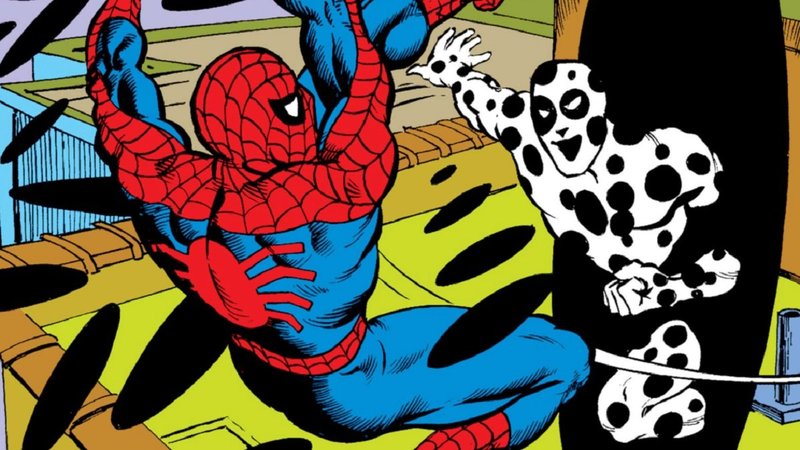
While the Passenger Pigeon is no longer around, understanding where it once thrived can help us appreciate the importance of conservation today. It’s like peeling back the layers of time to witness a remarkable species that shaped our natural world. So grab your binoculars as we take a journey through the past and learn about the habitats where these birds used to flourish.
The Historical Range of the Passenger Pigeon
When we talk about the range of the Passenger Pigeon, we’re diving into a long-lost world. In the early 19th century, these birds were found across North America, thriving in dense forests. They flocked in massive numbers, migrating from the eastern forests to the western prairies, covering great distances. You might picture them darting amongst towering trees, the sounds of their wings creating a symphony high above.
Their migration typically followed the Eastern Deciduous Forests, spanning from Canada down to the Gulf of Mexico. They preferred habitats that provided ample acorns, nuts, and seeds—think about their diet like a buffet of delicious fare just waiting to be feasted upon. So, when you explore these areas today, you can almost feel the echoes of their presence lingering among the branches.
Today, remnants of what was once their thriving habitat can still be found. Locations like Ohio, Florida, and Pennsylvania were pivotal during their migration, serving as nesting sites and stopovers. It’s like taking a step back in time and imagining the vibrant life that used to be.
The Passenger Pigeon’s Diet and Habitat Preferences
Let’s talk about what made the Passenger Pigeon so unique. These birds had a highly specialized diet that revolved around the natural abundance of forests. They loved to munch on acorns, beechnuts, and fruits, all of which were readily available in their favored habitats. Picture vast fields of trees laden with food, providing a natural banquet for these feathery creatures.
In terms of habitat, Passenger Pigeons thrived in mature deciduous forests and open woodlands. They needed large areas with plenty of trees to nest in and to find food. Imagine them soaring through the soft whispers of leaves, finding refuge in the branches high above. Their nesting sites were typically in colonies, creating a bustling community of birds, all seeking the same resources.
With the deforestation and habitat loss that followed human settlement, their natural food sources dwindled. As their habitats were stripped away, the Passenger Pigeon found it increasingly difficult to survive. It’s a sobering reminder of how interconnected nature is and how human actions can drastically alter ecosystems.
Modern-Day Locations for Birdwatching Enthusiasts
If you’re passionate about birdwatching, you might be wondering, “Where can I experience the beauty of nature like the passenger pigeons did?” While the Passenger Pigeon is extinct, many locations offer similar environments that support a diverse range of bird species. Here are some excellent birdwatching sites where you can enjoy the beauty of avian life:
- Point Pelee National Park, Canada: This park is a hotspot for migrating birds, attracting birdwatchers from all over.
- Cape May, New Jersey: A prime location during migration seasons, known for its vibrant bird population.
- Everglades National Park, Florida: A unique habitat teeming with life, offering glimpses of various species in their natural habitats.
While you won’t see Passenger Pigeons, you can enjoy observing other birds that share similar habitats. Watching different species can give you a taste of the harmony and beauty that once defined the skies.
Conservation and Learning from the Past
The story of the Passenger Pigeon serves as a vital lesson in conservation. Their extinction is a warning about the impact of overhunting and habitat destruction. It’s crucial to cultivate a deeper understanding of how our actions affect wildlife and ecosystems.
Today, many organizations work tirelessly to protect bird habitats, ensuring that future generations can enjoy the wonders of our natural world. You might be curious about what you can do to help. Supporting local conservation efforts, participating in birdwatching events, or even planting native trees can all contribute to creating habitats for our feathered friends.
Here’s the thing: learning from the past can shape a better future. By respecting and protecting nature, we can prevent the loss of other species and help restore the delicate balance of ecosystems.
Why Passenger Pigeons Matter to Ecological History
You might wonder why it’s essential to discuss a bird that no longer exists. The Passenger Pigeon is a significant part of ecological history. They were once among the most abundant birds in North America, and their decline is a case study in ecology, conservation, and the effects of human activities.
Understanding their story helps us recognize the value of biodiversity. Each species plays a unique role in its ecosystem, maintaining balance and health. Loss of one can lead to ripple effects, disrupting food chains and altering habitats.
As we explore our environment today, reflecting on the Passenger Pigeon can inspire a greater appreciation for the wildlife that still exists. It nudges us to consider our role in protecting the natural world and encourages responsible stewardship.
Spotting Similar Species Today
Even without the Passenger Pigeon, you can still experience birdwatching that echoes the beauty of their era. Many species thrive today in habitats similar to what used to support Passenger Pigeons.
Some birds to look for include:
- Mourning Dove: These gentle birds are known for their soft calls and can often be spotted in open woods.
- Rock Pigeon: A common sight in urban areas, resembling the Passenger Pigeon with their striking colors.
- Common Grackle: These social birds flock together, showcasing their glossy feathers and unique behaviors.
While they may not be Passenger Pigeons, observing these birds can provide similar joys and insights into the diversity of avian life.
As we wrap up our journey through the world of the Passenger Pigeon, it’s essential to remember the lessons their story teaches us. From the rich habitats they once occupied to the reminder of our responsibility to protect wildlife, every detail paints a picture of what was and what could be.
By engaging with nature through birdwatching and supporting conservation efforts, we can honor the legacy of the Passenger Pigeon. It’s about appreciating the wild beauty around us and ensuring that future generations can enjoy watching the skies filled with diverse avian life, reminiscent of the magnificent flocks that once soared not so long ago. So, the next time you’re out exploring, keep your eyes peeled and your heart open to the stories nature has to share.

